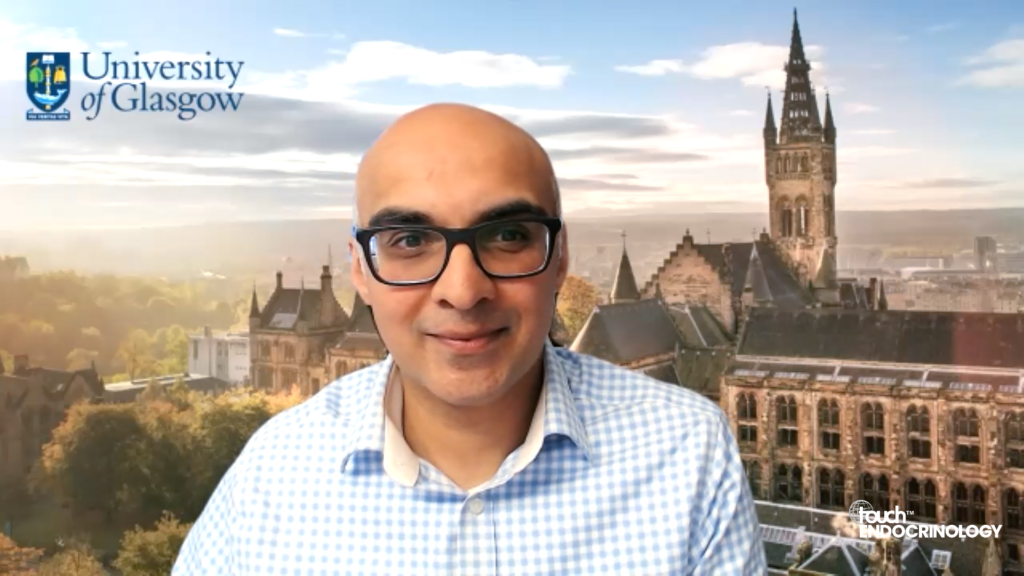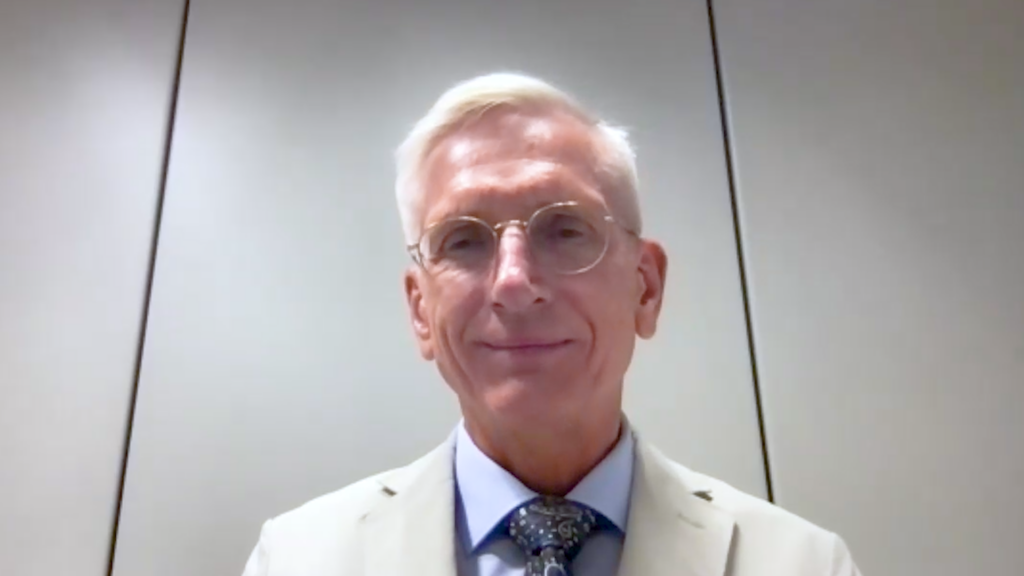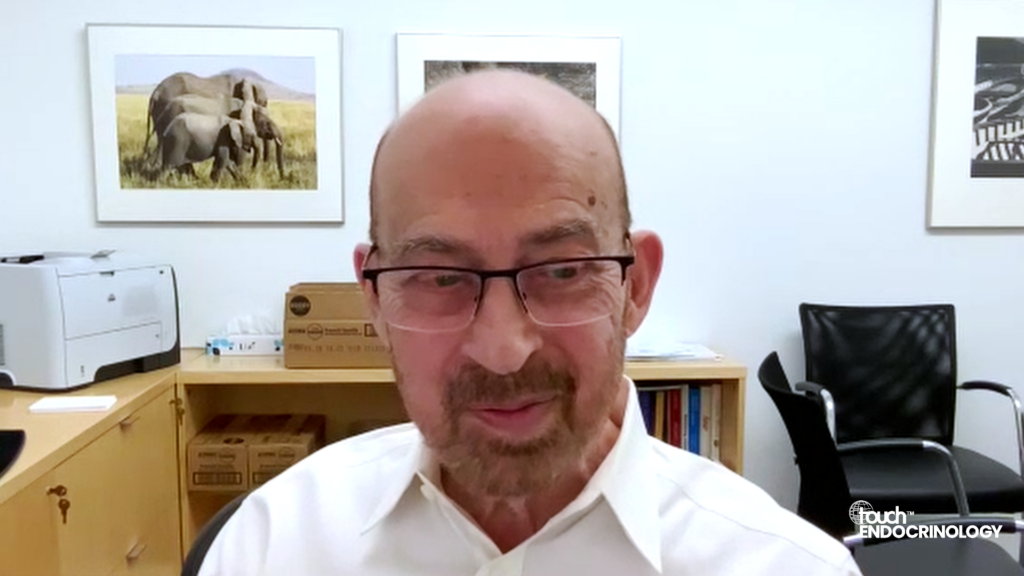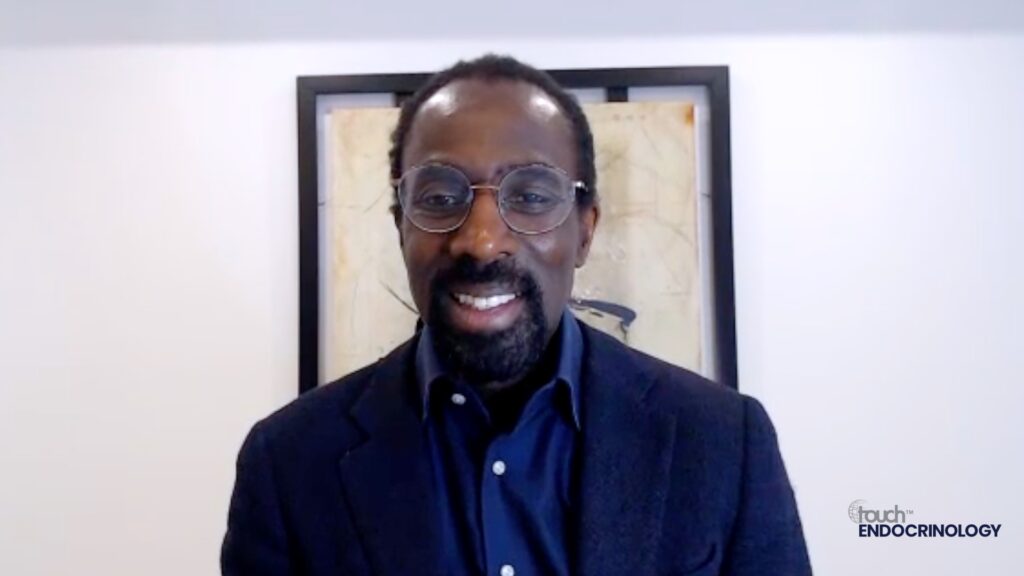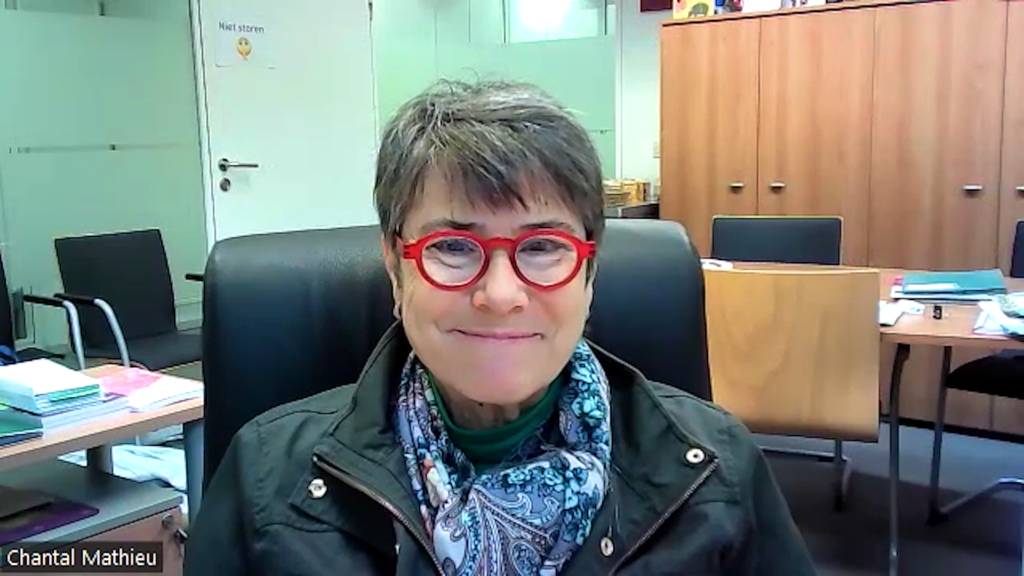
Sanjay Kalra, MBBS MD DM (AIIMS New Delhi), is an endocrinologist based at Bharti Hospital, Karnal, India. An avid researcher, writer and busy clinician, he serves as President, Endocrine Society of India (ESI), Vice President of the South Asian Federation of Endocrine Societies (SAFES), and Education Editor, International Society of Endocrinology (ISE). Along with these and other responsibilities, he works to spread endocrine and diabetes awareness across the world. In his spare time, he indulges in his favorite hobby, the Punjabi folk dance bhangra.
What are your highlights of 2019?
The year 2019 has been marked by excitement and excellence in the field of diabetology. Diabetes management continues to evolve and improve, based upon robust evidence and enhanced experience. Modern guidelines now encourage a proactive approach to diabetes care, using glucose-lowering drugs which achieve cardiovascular risk reduction as well. Drugs originally developed for type 2 diabetes, such as the sodium-glucose cotransporter 2 inhibitors (SGLT2i), are being used in other indications, such as type 1 diabetes and non-diabetes heart failure.
At the same time, we cannot rest; the pandemics of diabetes and associated cardiovascular disease show no signs of abating. Greater emphasis on the prevention of diabetes and its complications, using cutting-edge technology, is required.
What have been the major breakthroughs and data?
Newer cardiovascular outcomes trials provide reassurance us regarding the cardiovascular safety of benefit novel drugs like dulaglutide (REWIND trial) and linagliptin (CARMELINA and CAROLINA trials) as well as earlier drugs such as glimepiride (CAROLINA trial).
Recommendations and guidelines released in 2019 herald a major shift in diabetes care. European experts suggest the use of SGLT2i and glucagon-like peptide-1 receptor agonist (GLP1RA) as first line therapy in patients with type 2 diabetes and established atherosclerotic cardiovascular disease. Indian consensus offers a choice between various strategies to initiate and intensify glucose-lowering, using a rational and pragmatic approach.
How will these impact the future?
The future of diabetes care is bright. Thanks to developments in pharmaceutical and clinical research, we can confidently counsel and offer our patients therapy that not only achieves symptom and glucometabolic relief, but also long term vasculometabolic safety and benefit. The ‘hit early, hit hard’ philosophy has been validated by the VERIFY trial, which used vildagliptin + metformin as initial combination therapy.
Diabetes care has now moved from the glyacemic triad (fasting, postprandial, HbA1c control) to the glycemic pentad (which includes minimising of hypoglyacemia and of glycaemic variability as aims of therapy). This concern is accompanied by a desire for sustainability, which is reflected in the glycaemic pyramid model (sufficiency, safety and security, along with sustainability).
What do you hope to see in 2020?
What I hope to see, in 2020 and beyond, is an emphasis on two aspects of diabetes, the psychologic and the endocrine. While discourse on cardiovascular diabetology is necessary, and is welcome, we must remember that diabetes is essentially an endocrine disorder. The portmanteau ‘glucocrinology’ underscores the multifaceted, ‘bidirectional link between glucose metabolism and hormonal link function. Diabetes care professionals should keep these in mind while evaluating, managing and monitoring this syndrome.
The syndrome of diabetes includes not only biomedical abnormalities, but psychosocial dysfunction as well. Diabetes care providers need to follow a salutogenic (salus, in Latin, means ‘health’) as opposed to a pathogenic thought process. This makes diabetes care more person-friendly. The term ‘euthymic euglycemia’ or ‘glycaemic happiness” reminds us to pursue happiness as a goal, and to use it as a tool, while treating diabetes.
What are your aims as President of the Endocrine Society of India?
The Endocrine Society of India (ESI) is a dynamic organisation whose 1000+ members look after the endocrine health of 1.3 billion Indian people. Under the guidance of stalwarts such as Professor Ambrish Mithal, Professor Sarita Bajaj, Professor Nikhil Tandon, and immediate Past President Professor SV Madhu, ESI has become a leading endocrine professional association. This year, ESI has partnered with Research Society for the Study of Diabetes in India (RSSDI) to release the first joint Indian guidelines on diabetes.
The collective clinical experience that ESI has, coupled with its fast-improving research, publication and advocacy skills, should be harnessed to improve endocrine practice across the work. We have a vibrant academic calendar which offers the best of science and art of endocrinology. Over the next year, ESI will work towards strengthening its activities within and beyond India. We invite colleagues from across the world to join us in our academic and other capacity-building initiatives. These include our flagship annual conference ESICON, and dedicated meetings for post-graduate fellows and young endocrinologists.
Support: No funding was received in the publication of this Insight article.
Published: 28 November 2019


